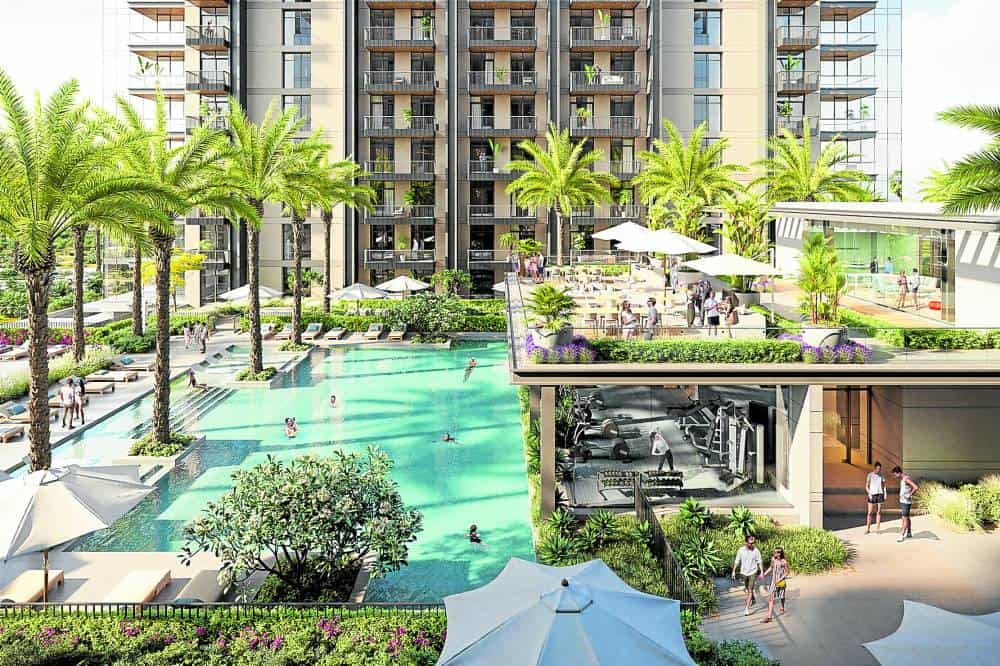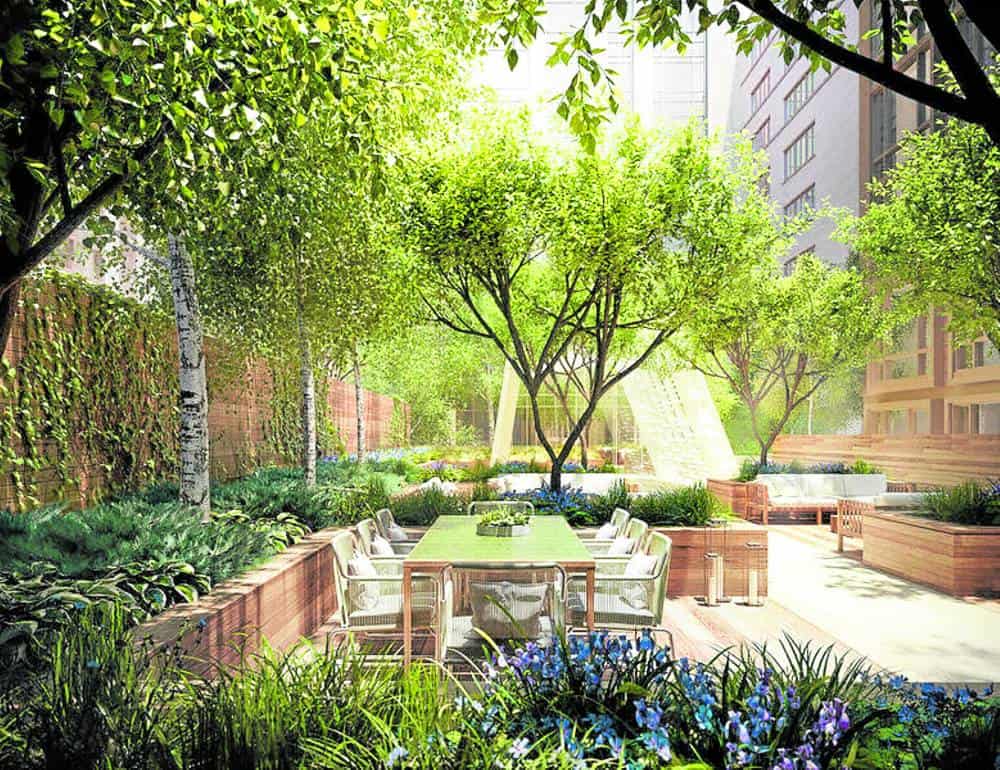
Over the last decade, wellness has taken on a small but rising role in the real estate business, as homes, offices, and communities increasingly emphasize natural materials, eco-friendly solutions, and innovative technology to encourage longer, healthier, and more balanced lifestyles.
Health and well-being have been pushed to the forefront of our daily lives as the COVID-19 pandemic drastically hastened this reshuffling of priorities.
What makes a design “healthy” and “well”?
Wellness design is based on pre-existing psychological patterns and behaviors.
For decades, it has been used by supermarkets and merchants to guide customers through an arrangement with an openness that invites them to explore deeper. When used correctly, these design cues are subtle and subliminal and should convey a sense of warmth and belonging.
Wellness design incorporates various elements to express the ultimate feeling of safety and comfort. These elements include texture, color, lighting, tone, building structure and privacy. Each of these pieces should communicate with one another to create the environment’s “language.”
Wellness design is about making a person feel accommodated, supported and welcomed.
The importance of site selection
There are three factors in determining site suitability for a project—location, topography and scenery.
The location should be far enough from noise pollution coming from, for example, major roads, airports and factories, but should still be accessible and well-connected to make the journey to and from easier.
The variation in elevation should be minimal, allowing for continuous circulation and walkable neighborhoods. Water sources, trees and rock formations are essential because they give an existing landscape the base from which the masterplan layout may be planned without many constraints.
While the surrounding natural scenery is desirable, unobstructed vistas are not required. Internally-focused designs—wherein the inner community and landscaping drive the health experience—may be supported by sites without open external views for end-users. Unique and unobstructed views are more appealing to developers since they command more significant premiums.

Supported by the appropriate market
Wellness features are often determined by the brand’s positioning, the target market and the diverse tastes of the customers.
Wellness communities are distinguished by a vital social component, which can be found in common spaces that organize workshops and activities, as well as gardens and plazas that encourage interaction.
When a community is built around a wellness resort, the latter usually serves as the clubhouse. Thus, end-users anticipate a clubhouse with a spa, exercise center, healthy dining alternatives, a children’s club and outdoor wellness amenities such as yoga platforms, functional fitness equipment, trails, parks and organic farms.
Adapting to the market
New design concepts and certifications have emerged in response to the expanding market need.
Biophilic design, for instance, is an emerging architectural field that creates spaces in buildings and communities to support everything from cognitive function and physical health to psychological well-being. Its effects include lower blood pressure and less stress hormone production, while helping synchronizing our hectic lives with our natural rhythms.
The biophilic design places health and wellness at the center of design and construction decisions, measuring, certifying, and monitoring built-environment elements that impact human health and well-being through the air, water, sustenance, light, fitness, comfort, and mind.
On a micro-scale, biophilic design can manifest in the following ways:
- Non-toxic, locally sourced, and long lasting construction materials;
- Nature walls in retail malls and public areas;
- Installation of solar panels;
- Composting facilities and community gardens;
- Healthy food options, fitness centers, dietary classes, yoga studios, and mental health services are all available in the community;
- Air purification in the home, lower heating and/or cooling costs, and high quality indoor air and water;
- Environments devoid of plastic;
- Composting, and waste recycling;
- Enough natural resources, such as sunshine, air, and water, to support physical, emotional, social, and mental health;
- Recreational and physical activity opportunities in green and open settings; and
- “Calmtainment” or calming entertainment and serenity aided by white noise
Key takeaway
With real estate oriented on wellness being the next frontier, consumers are becoming more aware of their homes, communities, and surrounding environments in their everyday lives and behaviors. Its intervention only leaves communities wanting more from their homes, workplaces, and recreational venues.
After all, where we live decides how we live.
Sources: Bu.edu; Vimandzest.com; Business-review.eu; Proven.partners; Drprem.com
If you like this article, share it on social media by clicking any of the icons below.
Or in case you haven’t subscribed yet to our newsletter, please click SUBSCRIBE so you won’t miss the daily real estate news updates delivered right to your Inbox.
The article was originally published in Inquirer.NET and written by Ar. John Ian Lee Fulgar.







More Stories
Weekend wanderer: This walk in Manila is a trip to art and to our past
Enjoy no-frills camping in the great outdoors in Tanay
Landco Pacific raises the bar for premium resort and leisure living